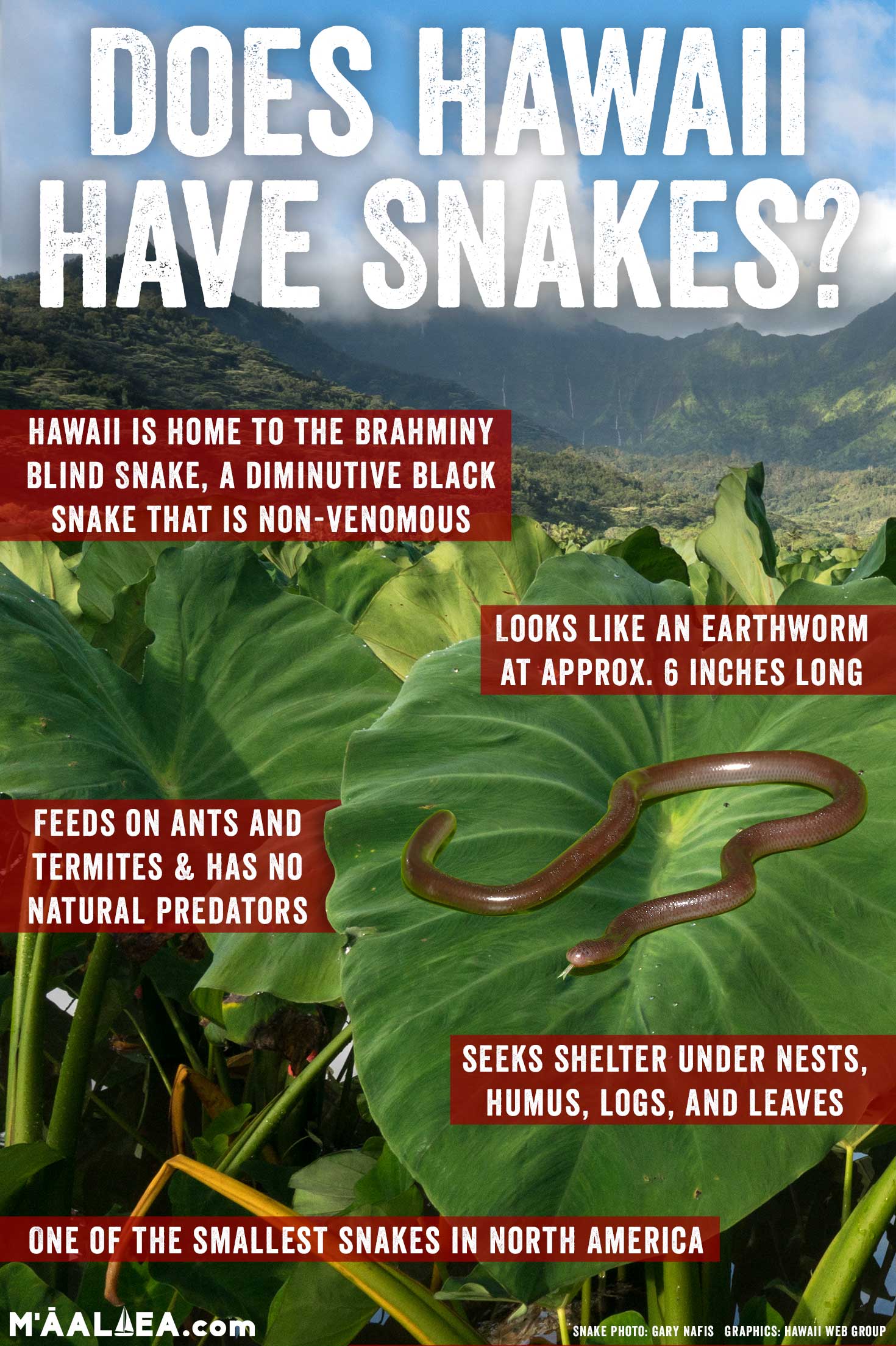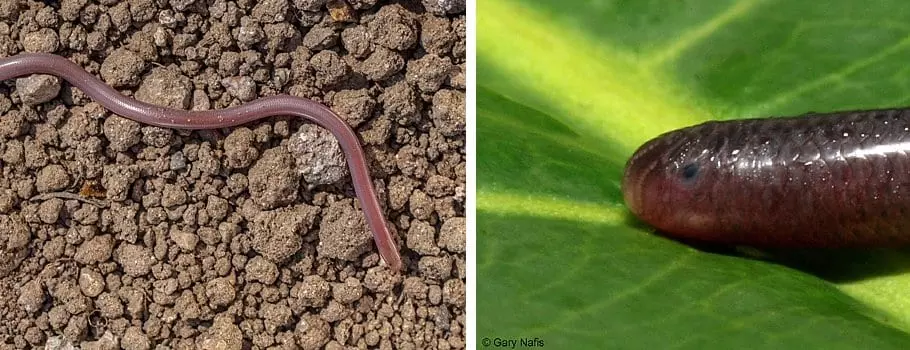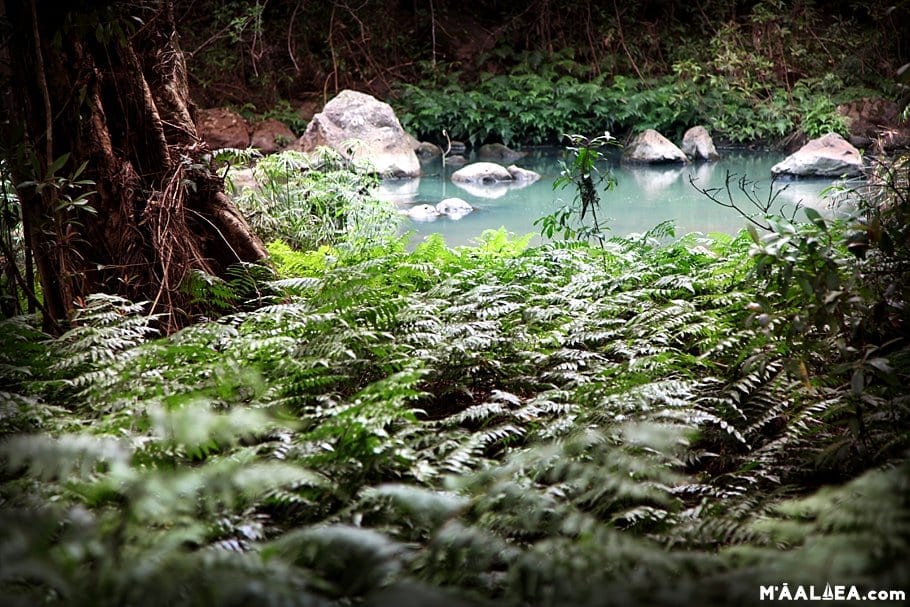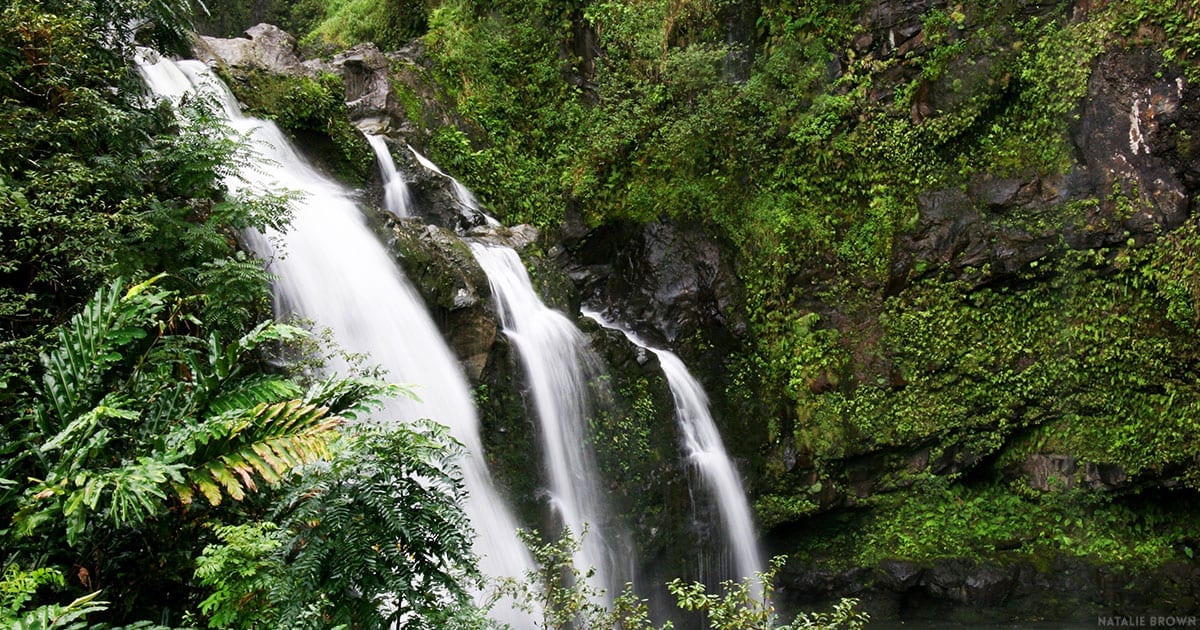Hawaii is paradise in more ways than one. Not only is the weather perennially sublime, but the islands are also literally peaceful—at least regarding the animal kingdom.
Endemic flies are flightless. The native spider—fittingly called the Happy Face Spider—is non-poisonous; the cave cricket is blind. Even flora in the 50th state is passive: raspberries are thorn-less, nettles are nettle-less, and mint is mint-less—mint being, of course, an evolutionary strategy to ward off potential hunters.
But even amid all this natural diplomacy, one of the biggest questions visitors ask is: Are there snakes in Hawaii?
Technically, yes—but not necessarily in the way you’re probably thinking of.
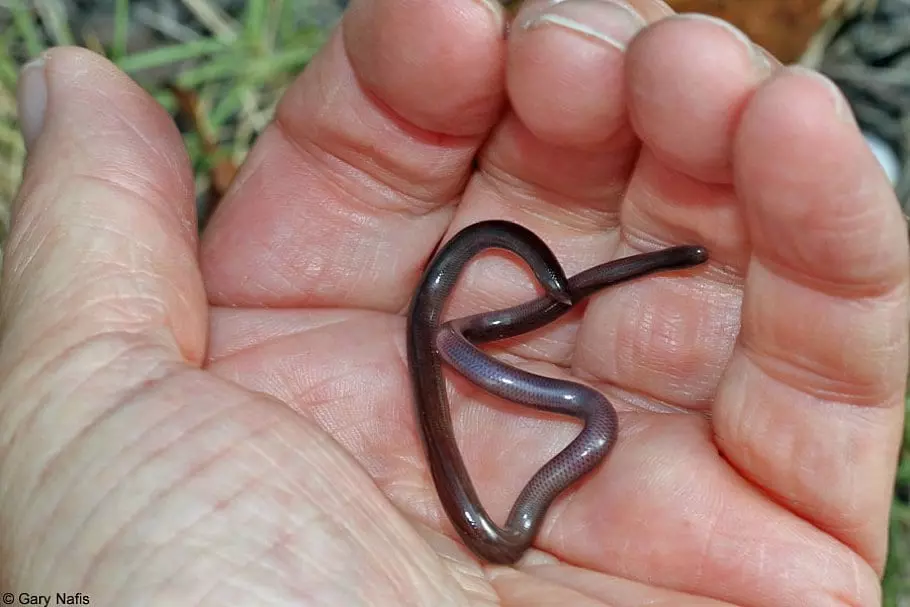
Hawaii is home to the Brahminy Blind Snake, a diminutive black snake that has a penchant for gardens.
Believed to have arrived via potting soil from the Philippines in the 1930s, the Brahminy Blind Snake—otherwise known as the Flowerpot Snake, the Island Blind Snake, and the Hawaiian Blind Snake—looks like an earthworm, feeds on ants and termites, seeks shelter under nests, humus, logs, and leaves, and is, at approximately six inches in length, one of the smallest snakes in North America. And, much like the plants and insects of the islands—products of a place in which there are no natural predators—the Hawaiian Blind Snake is non-venomous, a feature that renders it radically different from its cousins around the world, who—like the Western Rattlesnake of California—are fiercely toxic.
So, why is Hawaii spared the natural existence of terrestrial snakes?
Consider its position in the world. As the most isolated archipelago on the planet, the only way birds, animals, flowers, insects, reptiles, amphibians—even people—could and can reach Hawaii’s sunny shores is by crossing thousands of miles of open ocean. Plants and animals that have endured—remarkably not many—evolved from such colonizers (animals, plants, seeds, and so on), with startlingly low survival rates. (In general, the University of California reports, an invertebrate “successfully colonized Hawaii once every 70,000 years, a plant once in every 100,000 years, and a bird once in every million years.”) Land snakes, it goes without saying, are patently grounded creatures, who, unlike, say, the Hawaiian Monk Seal, lack the necessary apparatuses to swim or fly across the Pacific. Meaning? The only way snakes could and can arrive in Hawaii is by hitchhiking on a boat—or, yes, on a plane.
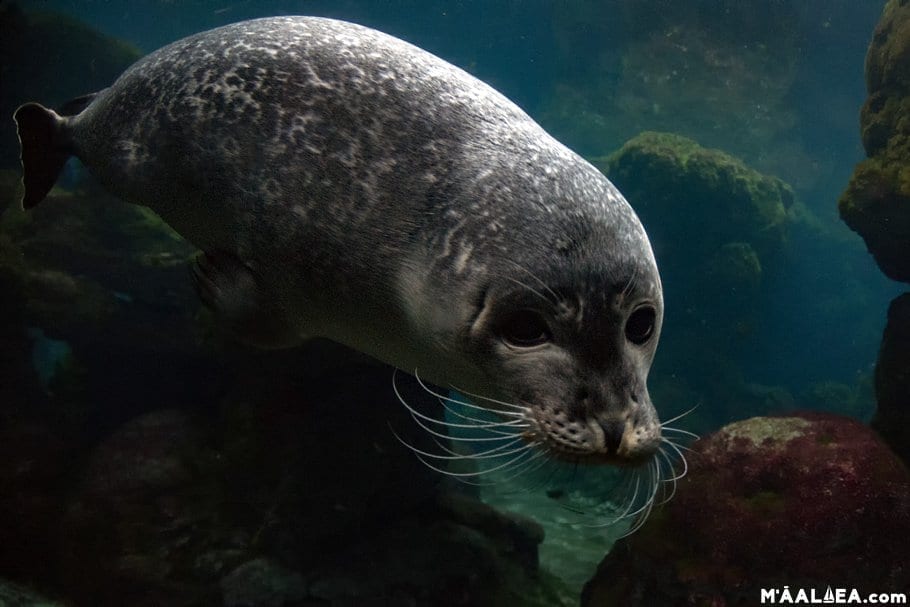
And that they have in recent years. In November of 2013, a pedestrian in Honolulu’s Chinatown came across a two-and-a-half-foot Rainbow Boa Constrictor. In September of the same year, another Boa Constrictor—this one five feet long—was run over on the Pali Highway on Oahu. And in the early 1990s, the Aloha State saw a disturbing spate of Brown Tree Snakes in its natural environment—a five-foot-long serpent, the New York Times reported in 1992, that is “infamous for having wiped out most of Guam’s forest bird species.” The rear-fanged, bird-preying snake, which was accidentally introduced to the United States territory after World War II, “first descended like a plague on Guam just 30 years ago, but it has bred so fast that there are now as many as 30,000 snakes per square mile in some areas.”
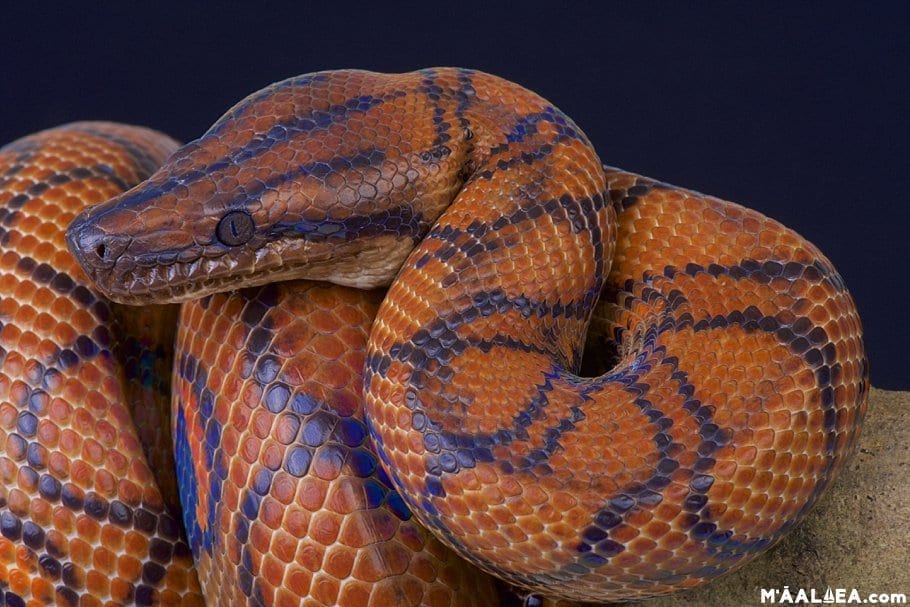
Concerns about the Brown Tree Snake’s arrival in Hawaii—which occurs when the reptiles drop down into the holds and wheel walls of planes coming into the islands from Guam—were and are deeply warranted. To say that Hawaii’s native ecosystem is fragile is an understatement. As discussed, the islands’ indigenous species evolved to become as peaceable as a pre-fall Eden, which engenders them helpless in the face of invasive creatures. Upon Western contact, many of Hawaii’s native plants were destroyed by goats, cattle, mongooses, wild and domestic cats, and more; by now, its unique bird population has seen some of the most devastating losses.
“This place was a giant aviary at one time,” says Dr. Leonard Freed, a biologist at the University of Hawaii, who studies the islands’ birds, a number of which, including the Hawaiian stilt have become acutely endangered (also see Hoary Bat) while others, such as the Oahu Petrel have become outright extinct.
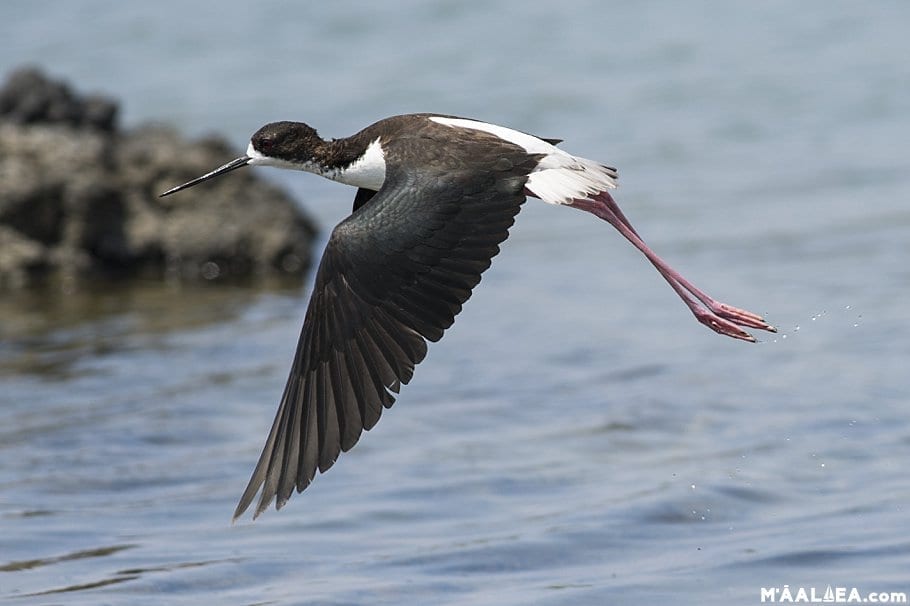
“Something like a snake, which the birds may no longer recognize as a predator,” Dr. Freed says, “will be especially dangerous. Maybe where they roost they are not protected or it’s not hard for the snake to get to. We would expect the birds here to be greatly susceptible to the snake—literally sitting ducks.”
What’s more, the New York Times points out, is that since Hawaii has no native land snakes—keep in mind that the Hawaiian Blind Snake arrived from the Philippines—the infiltration of snakes, whether that be a Boa Constrictor or a Brown Tree Snake, would be hugely problematic: “the islands would be wide open to colonization by alien reptiles. Biologists say the invasion…would be an ecological disaster because the animal would have unsuspecting prey and no native competitors.” Today, the Honolulu Star-Advertiser affirms that the Brown Tree Snake continues to be a “costly threat” to Hawaii, and may cost the state upwards of $2 million per year in damages.
In the vein of upholding the prevailing, utopian view of Hawaii—and, more importantly, of shielding its ecosystem from catastrophe—there are a number of laws in effect throughout the state.
It’s illegal to own a pet snake in the islands—those who are caught with one may have to serve up to three years in jail and pay $200,000 in penalties—but around 100 snakes have nevertheless been confiscated since 2000, The Huffington Post reports.
“Since many in Hawaii have never even seen a snake,” the article goes on to say, “they are especially captivating on the black market, where snakes often arrive in shipping packages or hidden in luggage.”
Indeed, stories of snakes in Hawaii continue to abound, from false reports of a King Cobra sighting on Oahu to the discovery of four wine bottles crammed with dead cobras, geckos, and seahorses in a Waikiki dumpster. It’s the state’s hope that their amnesty program –in which people can turn in illegal animals with no questions asked—will encourage the cessation of a rampant snake problem before it starts.
In the meantime, Hawaii’s native, non-terrestrial snake—the Yellow-Bellied Sea Snake—VERY RARELY slithers through Hawaiian waters. Small but extremely venomous—a relative of the cobra, it weighs less than a guava but its poison can be lethal—it’s rarely seen in the Pacific off of Hawaii’s fabled beaches, and we can’t find any record of someone being bitten by one in Hawaiian waters. Translation? The islands are still paradise—particularly for hikers.
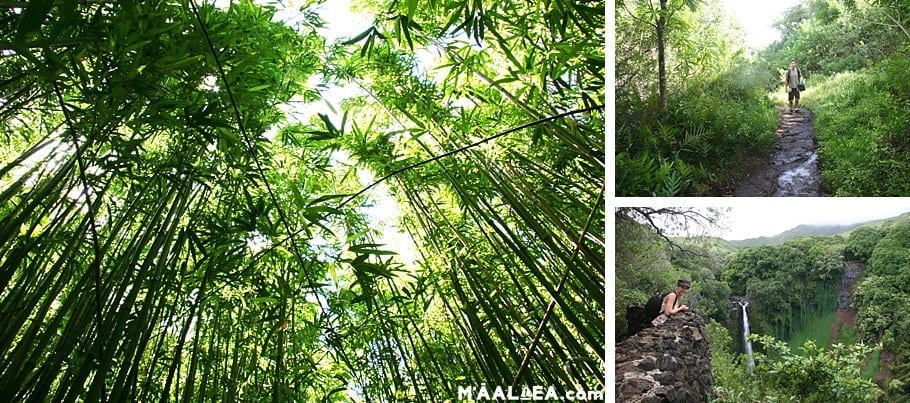
Recent Snakes In Hawaii Stories:
***Always report any illegal animal sightings to (808) 643-PEST (7378) as quickly as possible.***
- January 2023 – A 2½-foot Ball Python (common pet) was found on Oahu. A bystander found it on the side of the road and turned it in to the Honolulu Zoo, who reported it to the HDOA.
- May 2023 – A 3½-foot Gopher Snake (non-venomous) was found in Upcountry Maui. It was reported when a resident noticed some children playing with it in the street! Ahh! Luckily, no one was injured, and local community members were able to capture the snake in a garbage bin before authorities arrived.
